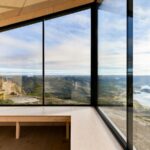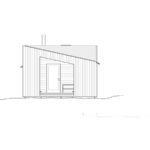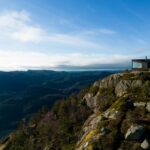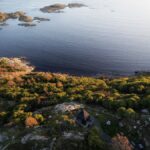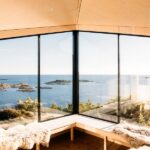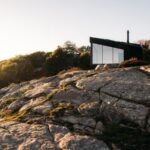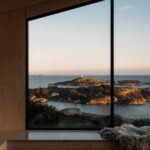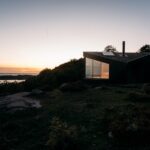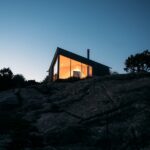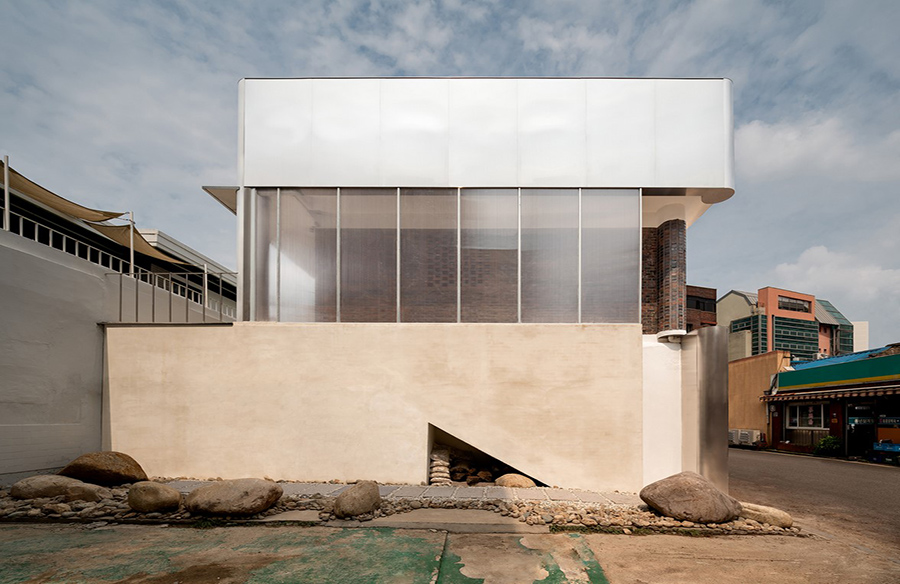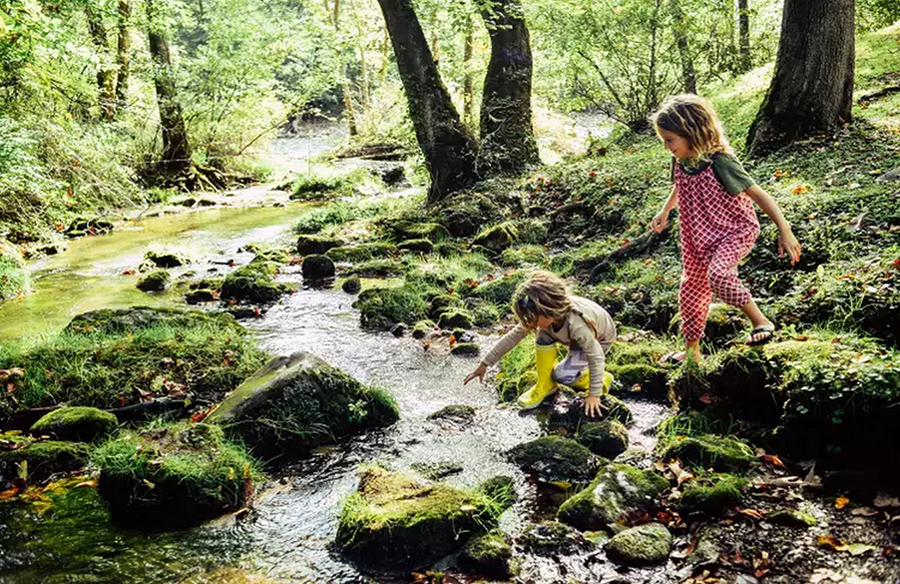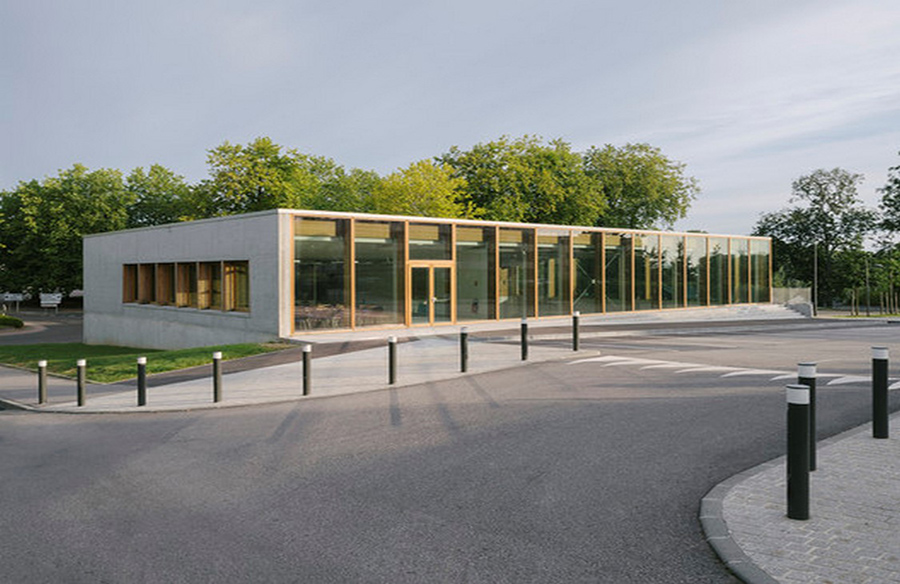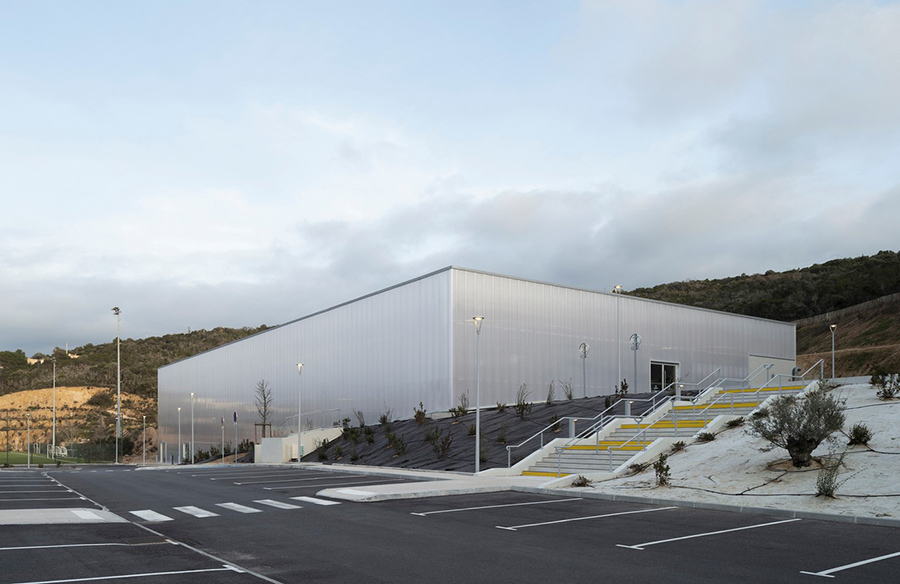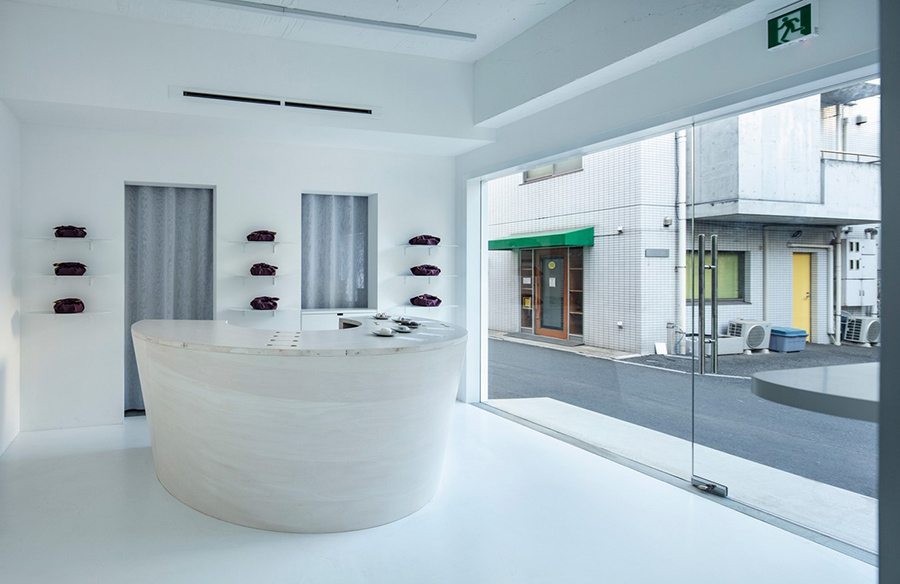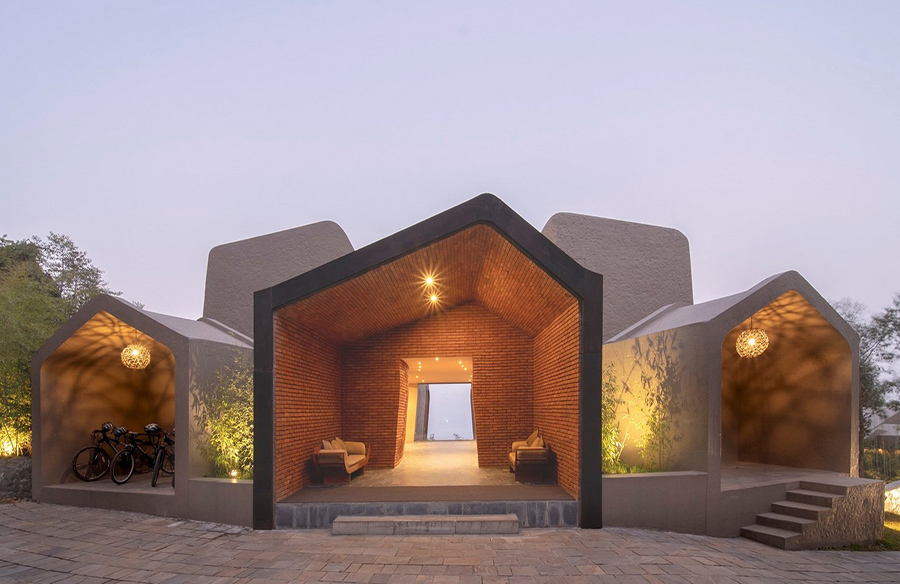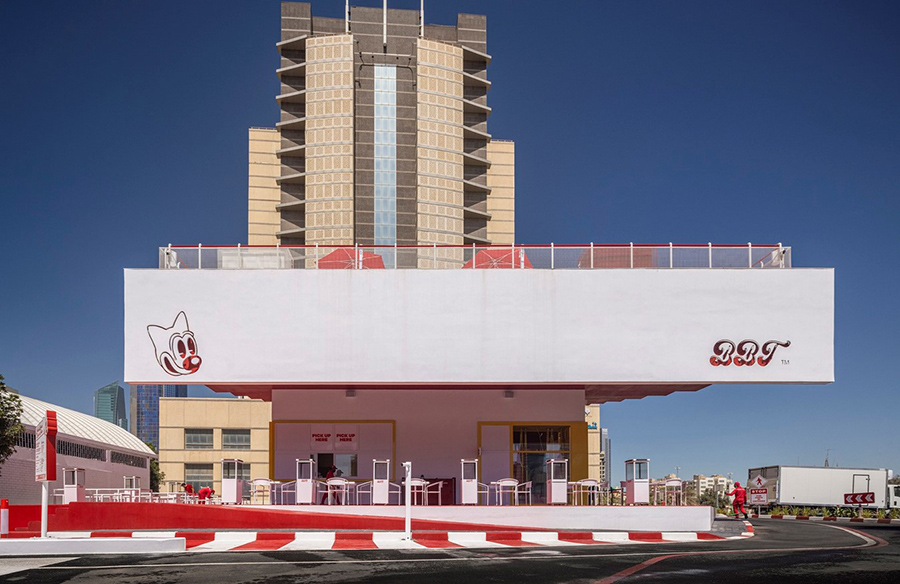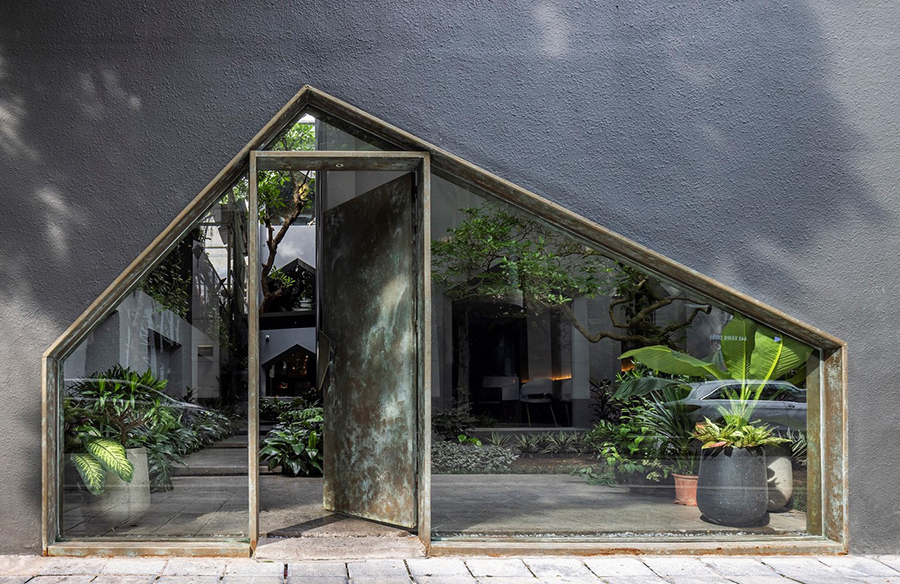Introduction
The Agder day-trip cabins, situated in various municipalities across Agder County, Norway, represent a collaborative effort between local stakeholders and Feste Landscape • Architecture. With the objective of promoting outdoor activities and enhancing public health, these cabins serve as gateways to nature experiences for both residents and tourists alike.
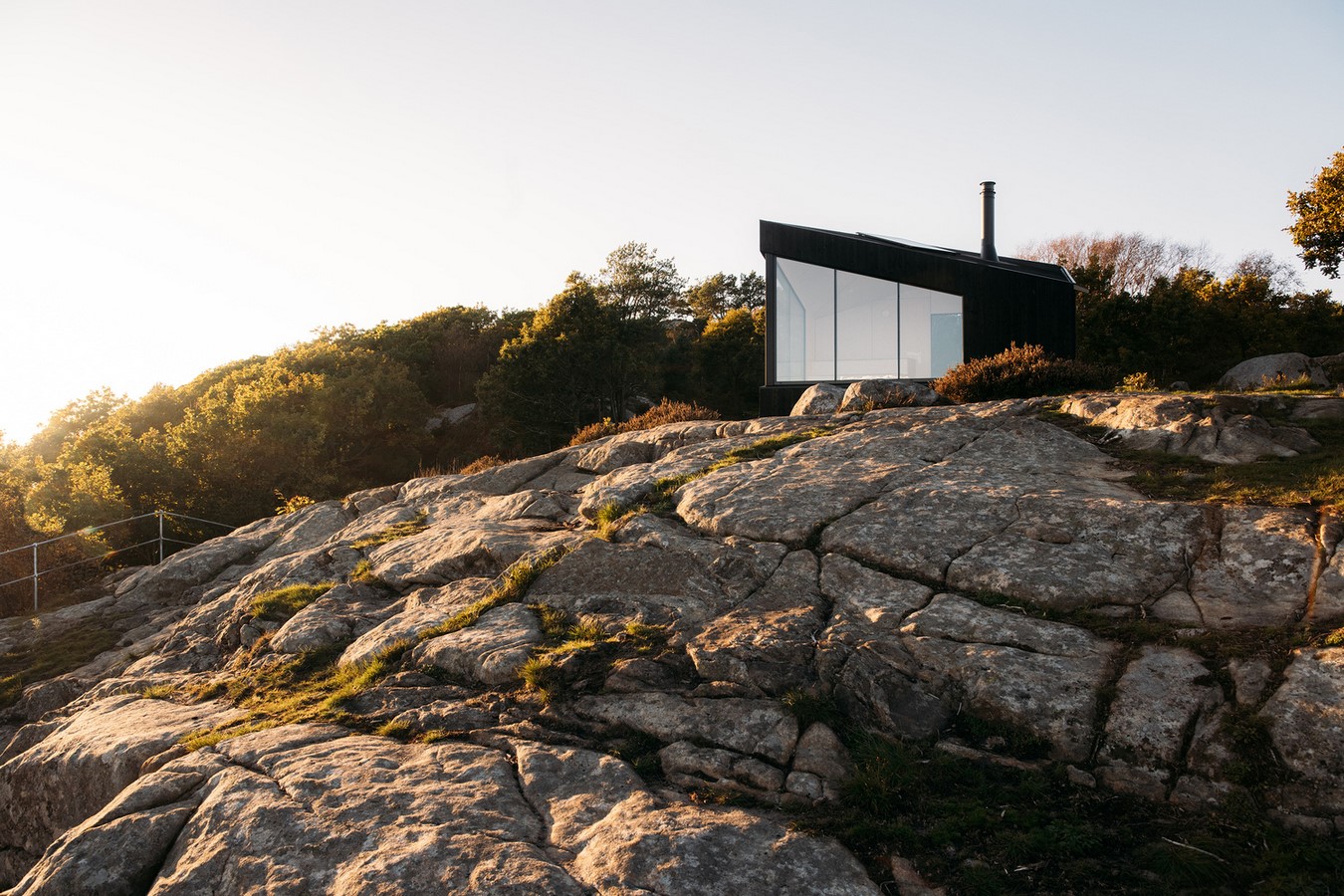
Concept and Design Inspiration
Inspired by the Norse name for Agder County, the design concept reflects the county’s geographical features, resembling a spearhead extending into the sea. This motif influences the architectural approach, characterized by sharp lines and a blend of openness and intimacy that integrates seamlessly with the surrounding landscape.
Architectural Features
The day-trip cabins serve as social hubs, offering a cozy atmosphere and panoramic views of the natural surroundings. Each cabin features a covered entrance, a main room centered around a fireplace, and seating areas designed to accommodate communal gatherings. Sustainability is prioritized through the use of local materials and solar panels for lighting and device charging.
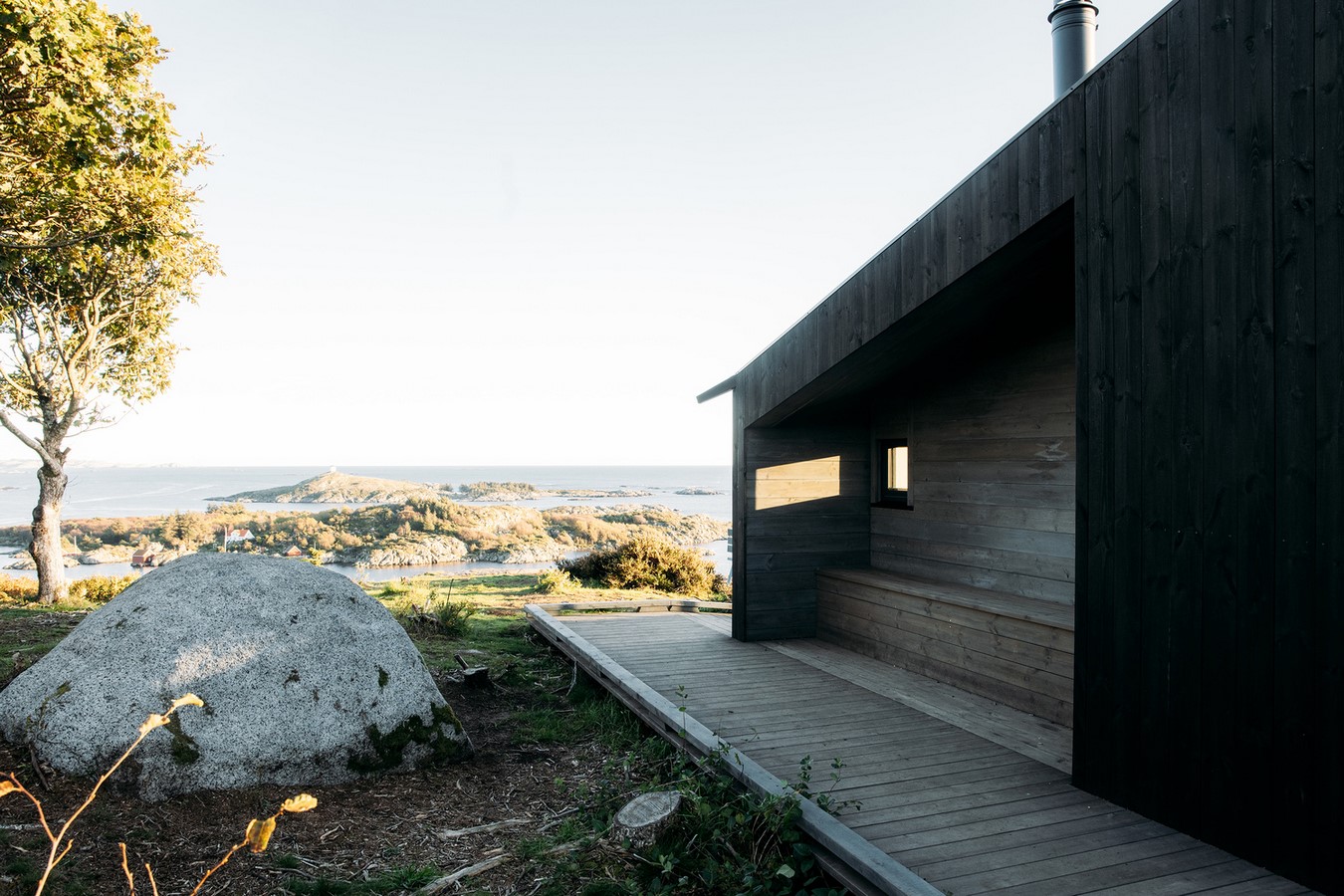
Sustainable Construction and Accessibility
Built with sustainable materials and incorporating universal design principles, the cabins prioritize accessibility and environmental stewardship. The integration of diagonal gable roofs and large corner windows not only enhances aesthetics but also maximizes natural light and ventilation within the interior spaces.
Interaction with the Landscape
Constructing identical cabins across diverse landscapes presented challenges, but meticulous planning and prefabricated modules facilitated minimal disruption to the terrain. By adhering to clear guidelines and selecting suitable sites, each cabin maintains its distinct identity while harmonizing with its natural surroundings.
Conclusion
The Agder day-trip cabins stand as beacons of sustainable design and community engagement, offering visitors an opportunity to connect with nature while fostering a sense of belonging. Through thoughtful architecture and responsible stewardship, these cabins exemplify the harmonious coexistence of human habitation and natural landscapes.




